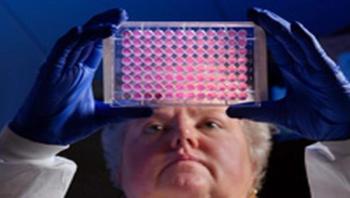
News










Emerging infectious diseases comprise a substantial fraction of all consequential human infections. They have caused the deadliest pandemics in recorded human history, including the Black Death pandemic (bubonic/pneumonic plague; 25 million to 40 million deaths) in the 14th century, the 1918 influenza pandemic (50 million deaths), and the HIV/AIDS pandemic (35 million deaths so far).

A new study seeks to determine how one parasitic species can give rise to two drastically different outcomes in its host: The human body louse (Pediculus humanus) can transmit dangerous bacterial infections to humans, while the human head louse (also Pediculus humanus) does not. A report of the new study appears in the journal Insect Molecular Biology.

















